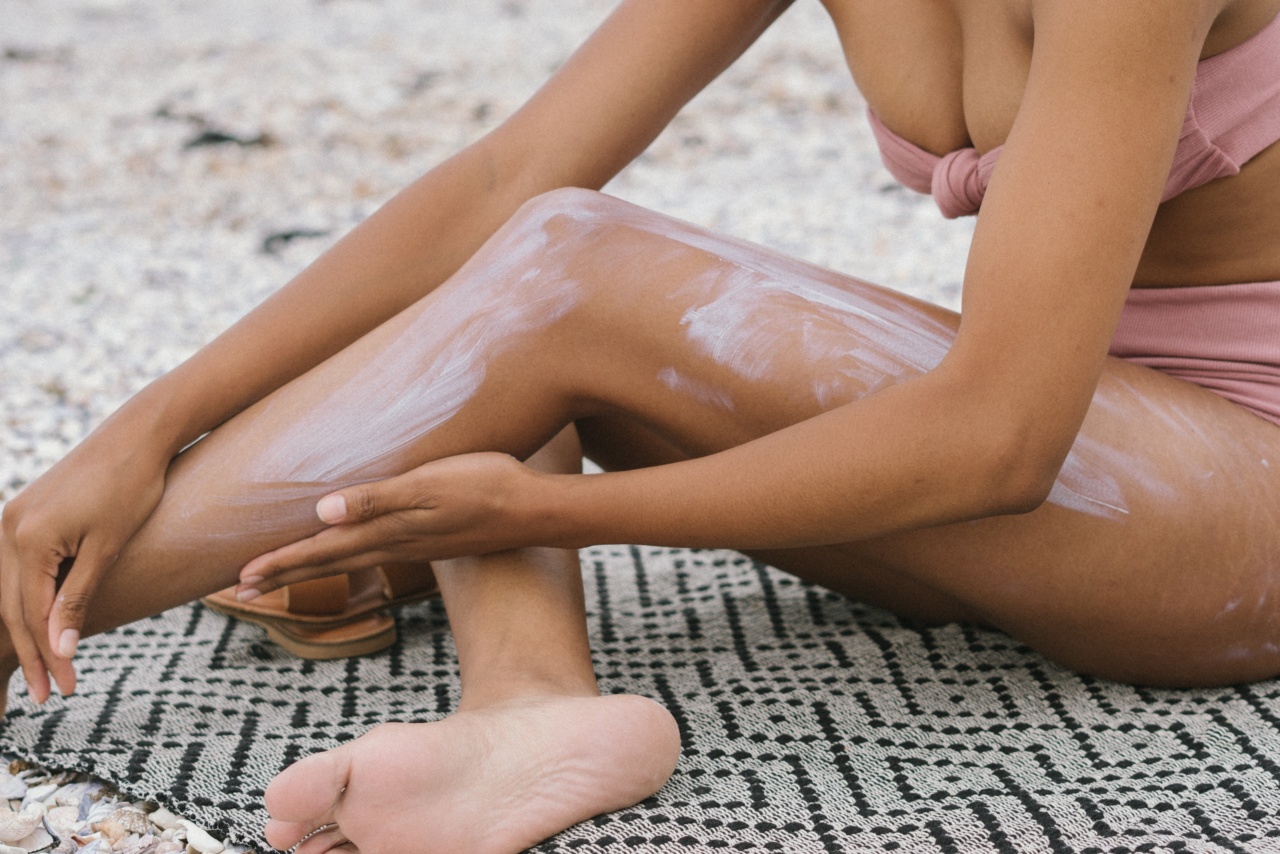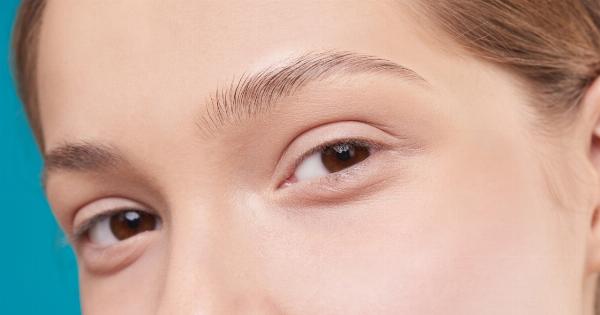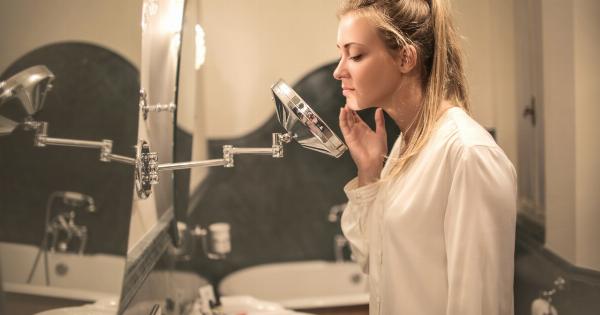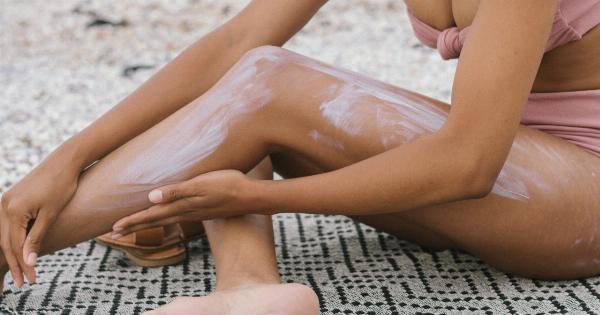Sunscreen is a crucial part of our daily skincare routine, especially during the summer months when the sun’s rays are at their strongest.
However, with so many different types of sunscreens available in the market, understanding the labels and choosing the right one can be overwhelming. To help you make informed decisions and maximize your sun protection, we have compiled a comprehensive guide on deciphering sunscreen labels.
1. SPF
SPF stands for “Sun Protection Factor” and refers to the level of protection a sunscreen provides against the sun’s ultraviolet (UV) rays.
The SPF number indicates how long it will take for UVB rays to redden your skin compared to the amount of time without sunscreen. For example, an SPF 30 sunscreen allows you to stay in the sun 30 times longer before your skin starts to burn compared to not wearing any sunscreen.
2. Broad Spectrum
When choosing a sunscreen, it is essential to look for the term “broad spectrum” on the label. This means that the sunscreen protects against both UVA and UVB rays.
UVB rays primarily cause sunburn, while UVA rays penetrate deeper into the skin and play a major role in premature aging and skin cancer development.
3. Water Resistance
If you plan on swimming, sweating, or engaging in any water activities, it is crucial to select a water-resistant sunscreen. The label will specify the duration for which the sunscreen remains effective while exposed to water.
It is important to reapply the sunscreen as directed, even if it claims to be water-resistant.
4. Active Ingredients
Take a careful look at the active ingredients listed on the sunscreen label. Here are some common active ingredients you may come across:.
- Avobenzone: Protects against UVA rays.
- Homosalate: Absorbs UVB rays.
- Octisalate: Absorbs UVB rays.
- Octocrylene: Absorbs UVB and some UVA rays.
- Oxybenzone: Protects against UVA and UVB rays.
- Titanium Dioxide: Reflects UV rays.
- Zinc Oxide: Reflects and absorbs both UVA and UVB rays.
5. Expiration Date
Just like any skincare product, sunscreens have an expiration date. The date is either printed on the packaging or indicated by a small icon of an open jar with a number followed by the letter “M” (month).
Expired sunscreens may lose their effectiveness, so it is important to check before use.
6. Application Instructions
Proper application is key to ensuring adequate sun protection. Most sunscreens recommend applying a generous amount, approximately one ounce (30 milliliters), 15 minutes before sun exposure.
Reapplication is crucial every two hours or immediately after swimming or sweating excessively.
7. Physical vs. Chemical Sunscreens
Sunscreens can be divided into two categories: physical and chemical.
Physical sunscreens contain active mineral ingredients like zinc oxide and titanium dioxide, which create a physical barrier on the skin’s surface to reflect and scatter UV rays away from the skin.
Chemical sunscreens contain organic compounds that absorb UV rays before they can cause damage to the skin. These compounds include oxybenzone, avobenzone, octisalate, and others.
Both types of sunscreens effectively protect the skin, but individuals with sensitive skin or certain allergies may prefer physical sunscreens.
8. Sunscreen for Different Skin Types
Consider your skin type when selecting a sunscreen:.
- Dry skin: Opt for sunscreens with moisturizing ingredients like glycerin and hyaluronic acid.
- Oily or acne-prone skin: Look for oil-free, non-comedogenic sunscreens to avoid clogging pores.
- Sensitive skin: Choose sunscreens labeled as hypoallergenic and fragrance-free to minimize irritation.
9. Sunscreen and Makeup
If you wear makeup, it is important to incorporate sunscreen into your routine without disrupting your cosmetics. Look for sunscreen formulas specifically designed to be worn under makeup.
These sunscreens are often lightweight, non-greasy, and won’t interfere with the application or longevity of your makeup.
10. Know When to Use Sunscreen
While it is crucial to wear sunscreen year-round, certain situations require extra sun protection:.
- Spending extended periods outdoors
- Participating in outdoor activities
- During peak sun hours (10 am to 4 pm)
- When at higher altitudes
- When near reflective surfaces like water, snow, or sand
Conclusion
Understanding sunscreen labels is essential for maximizing your sun protection and safeguarding your skin from harmful UV rays.
Remember to choose a broad-spectrum sunscreen with a suitable SPF, consider your skin type, and follow proper application and reapplication guidelines. By making sun protection a priority, you can enjoy the outdoors while keeping your skin healthy and radiant.




























